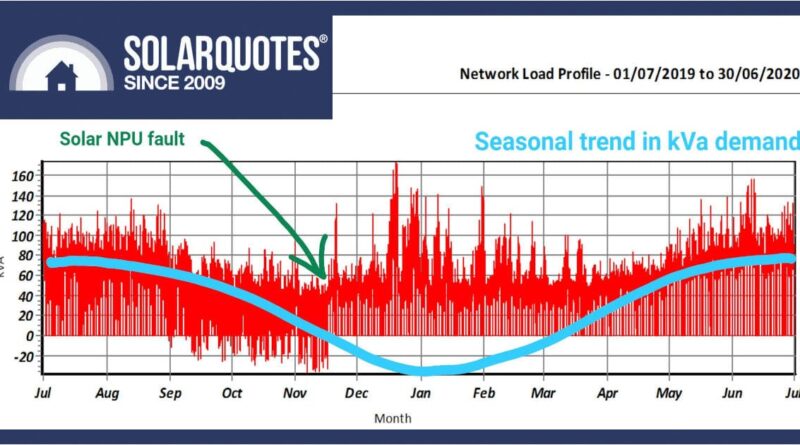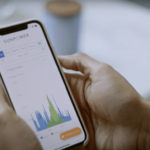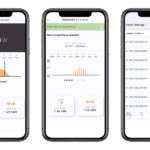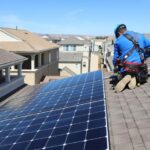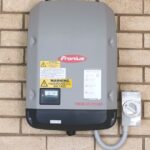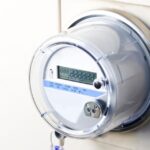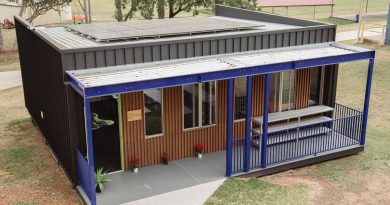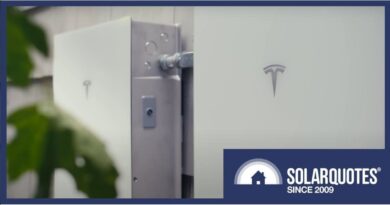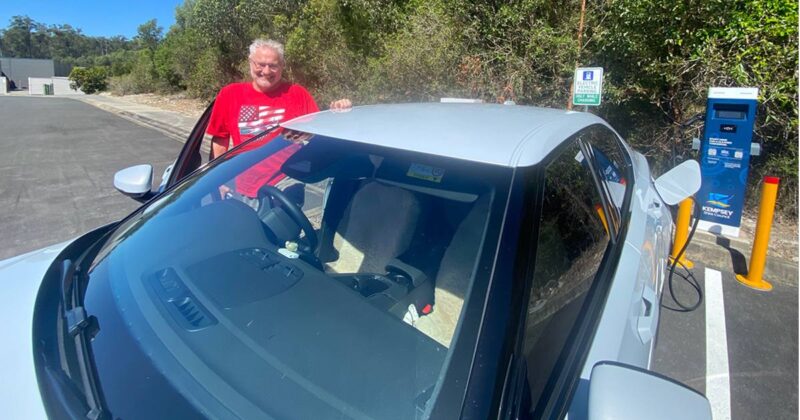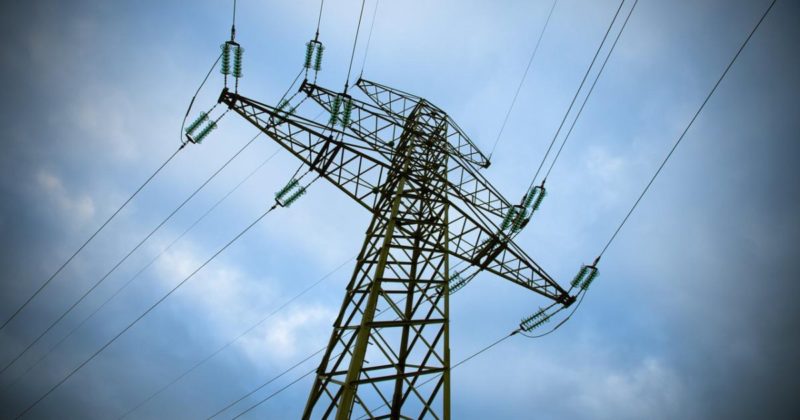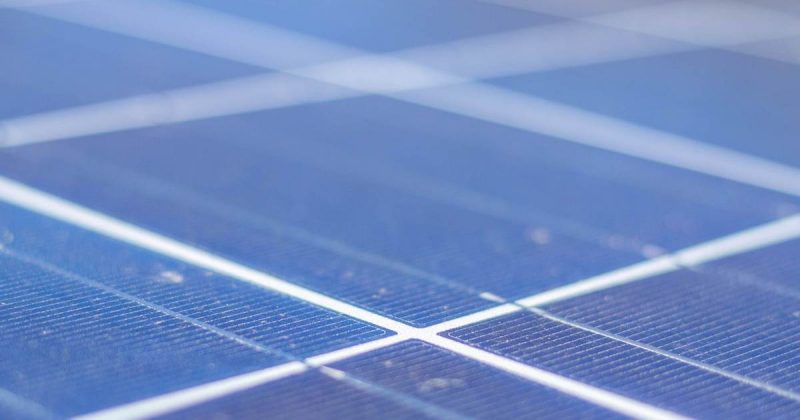When Solar Monitoring Fails: How a Simple Oversight Cost Thousands
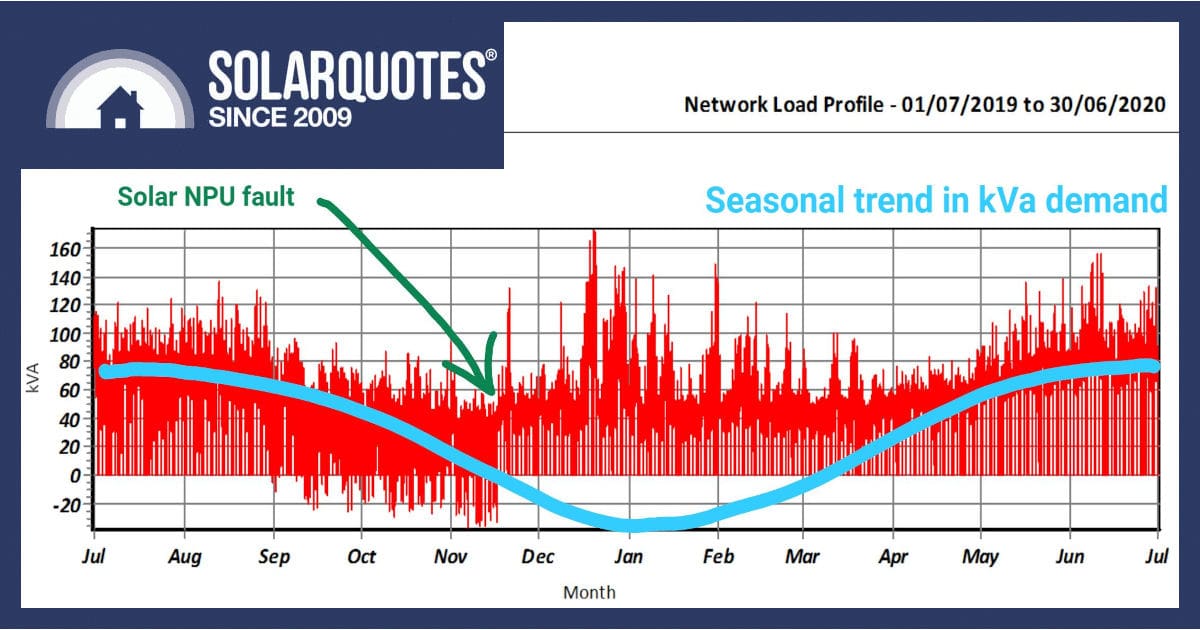
A year’s consumption data with a solar power system that stopped dead
Flicking through some photographs recently, I was reminded of a very expensive saga where thousands of dollars of electricity would have been saved with some free solar monitoring. Read on as we detail episode one of several expensive mistakes.
I sometimes lament I’ve spent many hours at nursing homes, and there’s one in particular I’ve visited too many times. I’m sure the quality of care is good, but the quality of the solar has proven undoubtedly questionable.
I’m proud I had nothing to do with its installation. However, I was the tradesman sent to diagnose faults and solve problems. I shouldn’t complain as it was a picturesque little town closer to my house than it was to the office, so often I would leave home and go straight there for a day’s… frustration.
Solar Is Simply Reliable, Isn’t It?
Conceptually, there isn’t much to go wrong with a solar system. Panels are solid-state, and the wiring is simple. There are a lot of electronics inside an inverter, but they’re generally very reliable, as there are hardly any moving parts.
In this particular instance, though, it was a commercial-sized system requiring a network protection unit (NPU). The fatal flaw was inside the NPU, a motor-driven circuit breaker. This carried all the energy from the system and was designed to isolate everything if faults were detected by the controller.
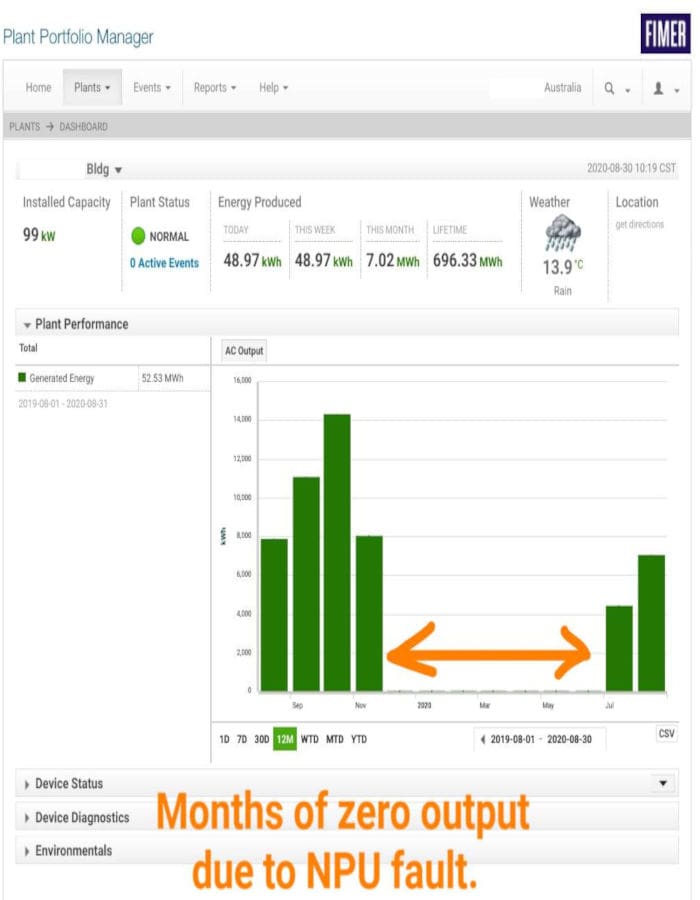
You could easily enough argue each of those green columns is worth $2000
When one small component failed inside the circuit breaker, the entire 100kW system went offline for months. Eventually, the accountants noticed the electricity bill looked suspiciously high, but not after they’d lost an entire summer’s worth of production.
The worst part? They’d lost ⅓ of the system 18 months earlier and didn’t notice this fault when it happened.
Something So Simple
Diagnosing this system was pretty straightforward. There was DC voltage coming off the roof but no AC voltage to the three 27kW inverters.
Working out the exact fault was following the bouncing ball using your multimeter.
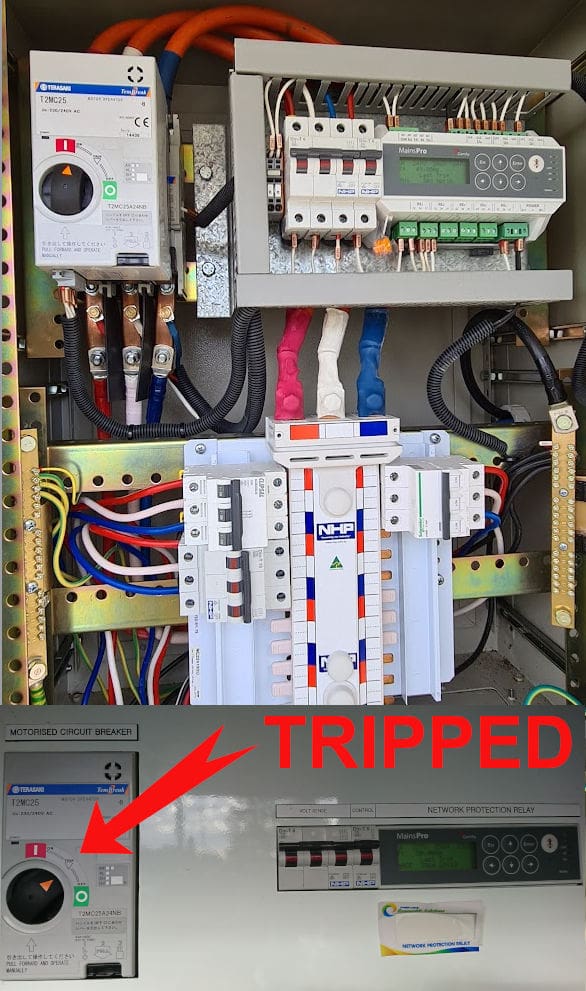
The workings of an NPU aren’t complex, but this box can cost more than an inverter.
The failed trip mechanism from inside the circuit breaker was about half the size of a box of matches, but the complexity of the whole motor drive arrangement made me realise combining functions wasn’t a refinement.
Later model NPUs used a simple contactor and separate circuit breaker for reliability.
Another Month’s Delay
You can’t buy spares for Terasaki industrial equipment at your local Hammerbarn, so by the time we had it ordered, freighted and fitted, another month’s worth of production was wasted.
While it wasn’t ideal, all of the yield missing in the months prior would have been saved if the system was monitored and somebody had been charged with the responsibility of looking.
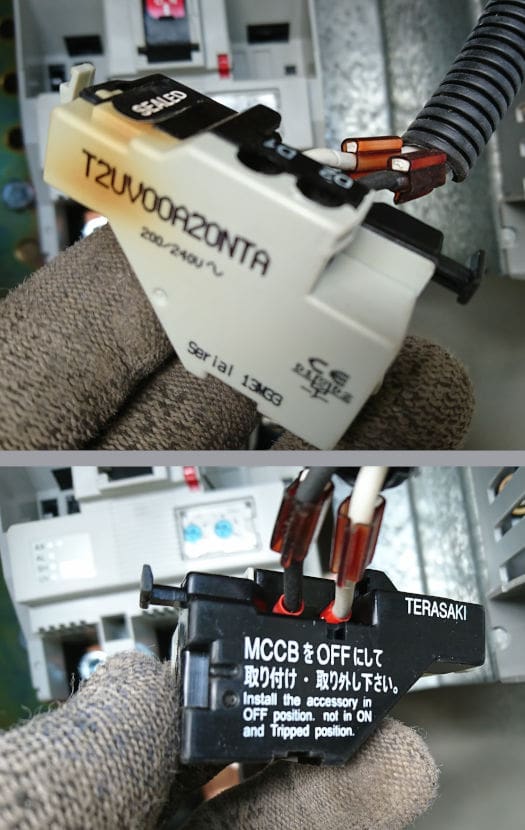
This trip mechanism, discoloured by heat from an internal solenoid, “fails safe” and switches the system off.
Automatic Alerts Are Priceless
Solar inverters offer their own native monitoring, alerts, and email notifications you can customise to suit your needs.
Use them.
With Fronius Solar Web, I can program it to ignore overvoltage alarms from my uncle’s SWER line system1 because it’s the boy who cried wolf!
However, a “fault 457—zero production for 24 hours” comes straight to my primary email inbox.
Independent services like Solar Analytics can offer even more nuanced performance comparisons. I highly recommend them because they know what the weather is like in your district, even if they can’t detect a DC isolation or earth leakage error. For that kind of electrical fault, you still need the monitoring your inverter comes with.
Don’t Rely On Your Solar Retailer
As we’ve mentioned before, solar retail companies have a fleet monitoring portal through which they can see your power system in action.
Rest assured that this is not a privacy concern because nobody at your solar company will bother to look at your system until you call them to ask.
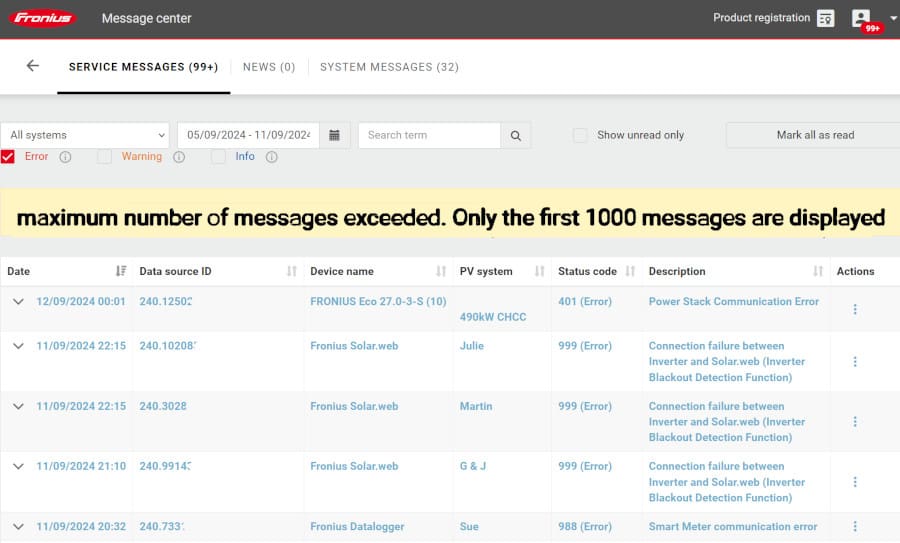
Unimportant alerts clog the system, drowning out real problems in the noise. Either way, it’s best to monitor your own system.
When you raise a concern, remote monitoring will likely save a call-out fee. Your installer can log on and check the system remotely.
They may be able to allay fears, identify faults, or even bring appropriate parts with them to rectify problems with one visit.
Support Is Essential
A reliable installer will show you their monitoring and an interest in using it. What you don’t want is a sales company that goes broke and disappears with your warranty and your monitoring.
If your installer has wound up, or you just can’t stand the sight of them anymore, moving your system to another company isn’t hard. Manufacturers usually have a process listed on their website, which you can follow yourself without having to use technical support.
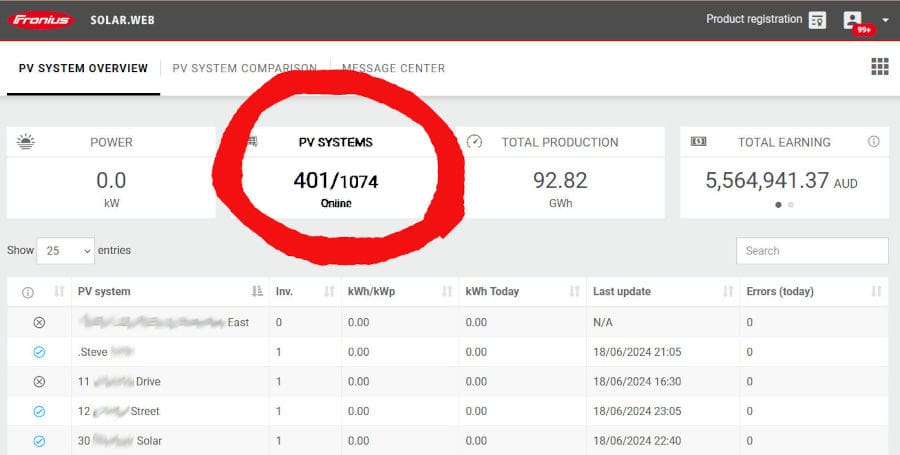
Less than 40% of this 1070-strong installer fleet is visible online
Make Sure You’re Connected
For my favourite nursing home, the WiFi access was troublesome. Finding the right signal, with enough strength, whitelisted by the IT security team and yet not being trusted with the password was infuriating.
Then, after half a day on the phone with tech support, it was finally proved that the comms card was no good. A replacement was ordered for another day. Thankfully, my iPad remembers passwords, so I didn’t have to deal with pensive staff while repeatedly entering all the network details.
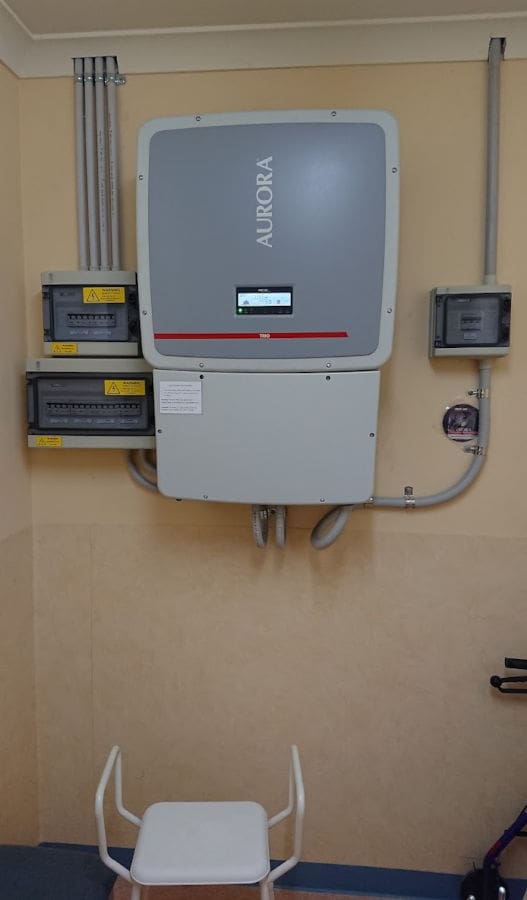
Remember when software on CDs was a thing? This one survives in a forgotten storeroom of the dementia wing.
If you’ve changed your internet plan, router, retailer or NBN connection since your solar was done, there’s some chance that the inverter is no longer connected. Wi-fi works, but the best way to ensure reliable coverage is to use a data cable from your inverter straight into your internet router.
Ensure the emails coming from your monitoring platform (like Solar Web, iSolar cloud, PV Master, Aurora vision, SEMS) are getting through and not ending up in spam filters.
Unless your system has been installed with a strobe light or a buzzer, these email notifications are considered a legal responsibility so that you, the system operator, know if an earth fault has developed on your solar array.
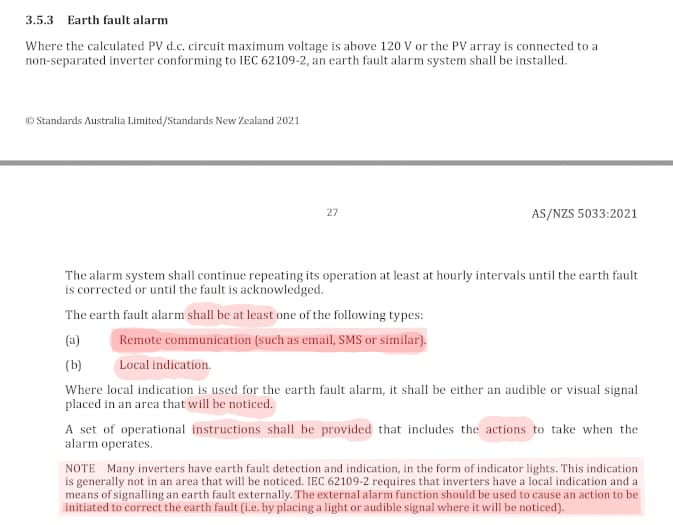
As modern solar moves to flexible export, demand response and emergency backstop control by the networks, having a WiFi connection becomes an economic imperative, not just merely a safety rule.
Delinquency Costs Real Money
As electricity accounts are now being moved to demand charges, solar has a secondary benefit; reducing spikes in consumption. Generating energy behind the meter can avoid breaching demand thresholds, lowering your bills in a way not previously possible.
In our nursing home example, the operators lost months of solar kilowatt-hours, which ended up being thousands of dollars in electricity they imported instead.
I’d like to report they’ve learnt their lesson, but in our next update I’ll explain that just hasn’t happened. There are more tales of woe to come.
In the meantime, you should check that the app is on your phone, then check your own solar monitoring; it could save you thousands.
Footnotes
Original Source: https://www.solarquotes.com.au/blog/getting-monitoring-back-online/

